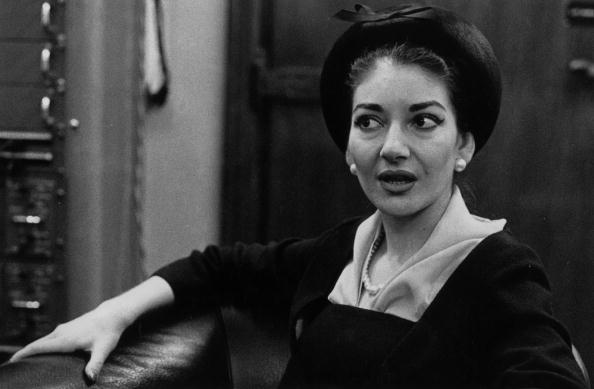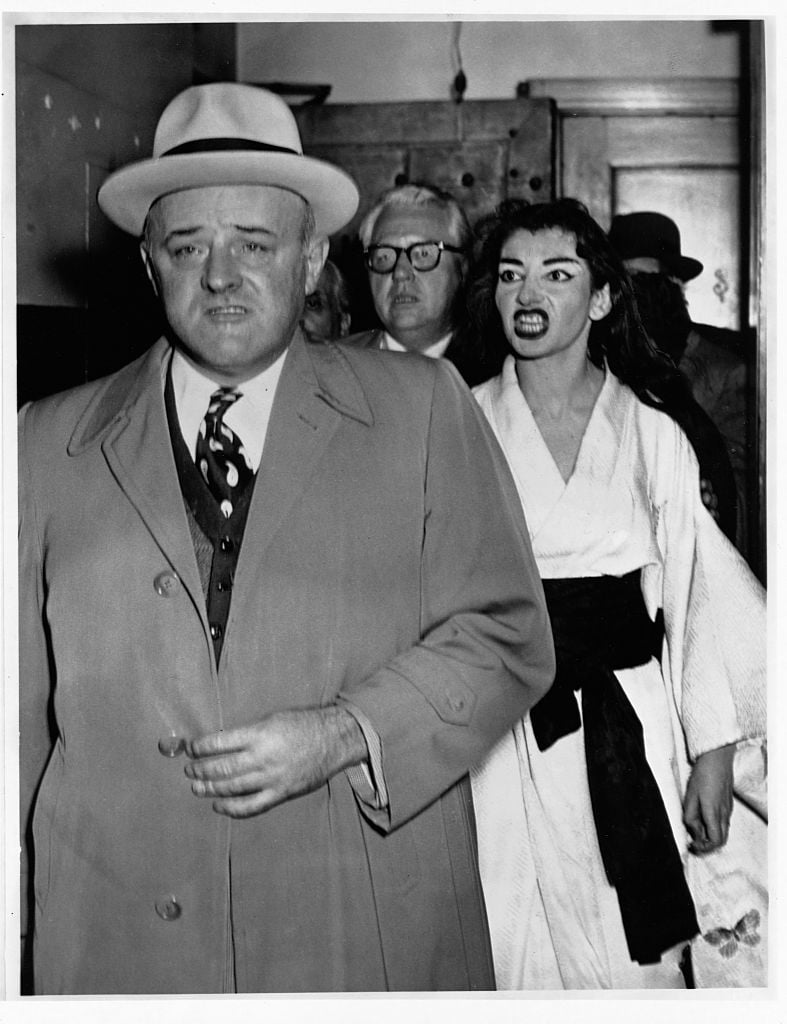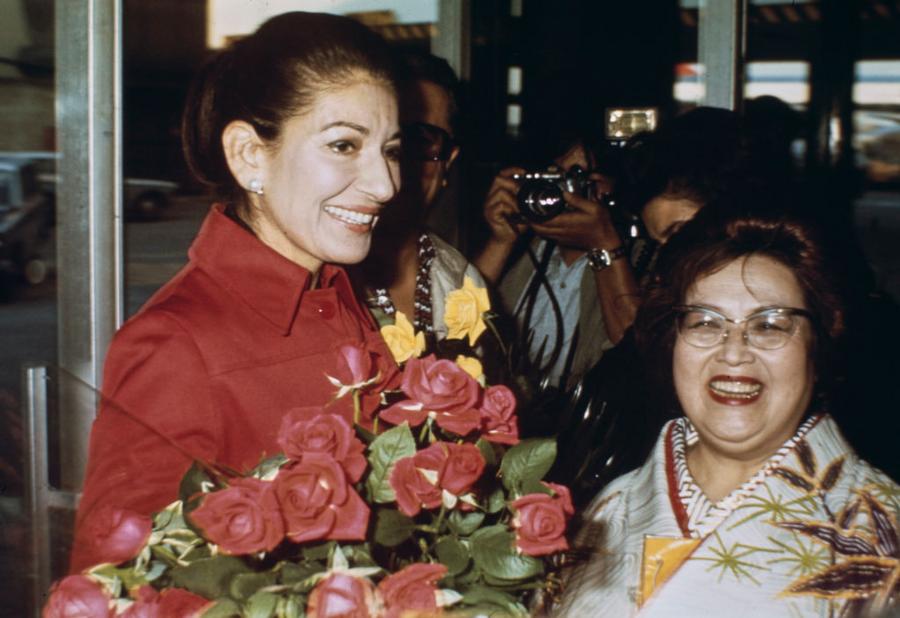What was Maria Callas’ net worth?
Maria Callas was an American-born Greek singer who had a net worth of $8 million at the time of her death in 1977. After adjusting for inflation, that’s the same as around $40 million in today’s dollars. Maria Callas was born in New York City, New York, on December 2, 1923. She died on September 16, 1977, at the age of 53 from a heart attack.
Maria Callas stands as one of the most influential opera singers of the 20th century, renowned for her dramatic soprano voice and extraordinary musical interpretation. Her incredible vocal range, powerful stage presence, and ability to bring dramatic intensity to her roles revolutionized opera performance. Often referred to as “La Divina,” Callas transformed the landscape of opera through her meticulous attention to the authentic performance of bel canto works and her ability to combine exceptional vocal technique with intense dramatic expression. Despite a career marked by both triumph and controversy, her impact on opera remains unparalleled, and her recordings continue to set the standard for operatic excellence.
In 2024, a biopic of Maria’s life, titled “Maria,” debuted on Netflix. In the film, Maria is portrayed by Angelina Jolie.
Estate Value and Controversy
When Maria Callas died in 1977, her estate was valued at $8 million. That’s the same as around $40 million today. Unfortunately, she died intestate, as in without a will. That sparked a complex legal battle that would continue for decades. When she died without a will, her fortune legally passed to her estranged mother, Evangelina, and sister, Jackie. However, her former husband Giovanni Battista Meneghini contested this with a 1954 will naming him as sole heir, leading to a negotiated 50-50 split of the estate. The situation grew more complicated when Vasso Devetzi, a Greek friend who arranged Callas’s cremation, convinced the family to grant her power of attorney and over $1 million to establish a Maria Callas Foundation. In 2004, the intrigue resurfaced when Sotheby’s announced the auction of 11 pieces from Callas’s jewelry collection, including an 11.7-carat diamond ring and Van Cleef & Arpels pieces, estimated to fetch substantial sums. The anonymous vendor’s identity sparked speculation, with theories pointing to Meneghini’s former nurse who inherited his fortune or Devetzi’s descendants. The sale drew criticism from figures like director Franco Zeffirelli, who accused the vendors of exploitation. The controversy highlighted how, even decades after her death, Callas’s estate remained as dramatic as her legendary life.
Early Life
Born Maria Anna Sophia Cecilia Kalogeropoulos on December 2, 1923, in New York City to Greek immigrant parents, Callas had a difficult childhood. Her mother, Evangelia, had hoped for a son and showed little affection toward young Maria. The relationship between her parents was strained, leading to their separation in 1937. Maria began singing at an early age, and her mother, recognizing her talent, pushed her relentlessly toward a musical career. In 1937, following her parents’ separation, she moved to Athens with her mother and sister.
Musical Education
In Athens, Callas enrolled at the National Conservatoire, where she studied under the renowned Spanish soprano Elvira de Hidalgo. Under de Hidalgo’s tutelage, she developed her exceptional technique and the foundation for her future success. Her teacher instilled in her the importance of discipline, musicianship, and the bel canto tradition. During this period, she made her professional debut in small roles at the Greek National Opera. Despite the hardships of the German occupation during World War II, Callas continued her studies and performances, showing remarkable dedication to her craft.

Getty Images
Opera Career
Callas’s international career began in earnest in 1947 when she appeared in Verona in “La Gioconda.” Her performance caught the attention of famous conductors and opera houses across Italy. In 1949, she stepped in as a last-minute replacement in “I Puritani” at Venice’s La Fenice, demonstrating her exceptional ability to sing both dramatic and coloratura roles. This versatility became her trademark, allowing her to tackle roles that were rarely performed by the same singer. Her interpretation of Bellini’s “Norma” became legendary, and she performed the role 89 times throughout her career.
The 1950s marked her golden period, during which she performed at the world’s most prestigious opera houses, including La Scala in Milan, where she had a special relationship with artistic director Victor de Sabata and later with Rudolf Bing at the Metropolitan Opera. Her performances in roles such as Tosca, Lucia di Lammermoor, and Medea set new standards for operatic interpretation. Callas brought forgotten bel canto works back to prominence and revolutionized opera through her combination of vocal excellence and dramatic intensity.
Following a performance of “Madama Butterfly” in Chicago in 1955, Callas was confronted backstage by a U.S. Marshall process server who delivered a lawsuit brought by a man named Eddy Bagarozy, who claimed he was her agent and was therefore owed money. A photograph of Maria and the process server was snapped immediately after she was served. In the photo, her mouth is snarled in fury. The photo became iconic and gave her a reputation for being a temperamental prima donna “Tigress.” Here is that photo:

(Photo by Associated Press/Library of Congress/Corbis/VCG via Getty Images)
Weight Loss
In 1953-1954, Callas underwent a dramatic transformation, losing nearly 80 pounds. She went from around 200 pounds to 130 pounds. The weight loss significantly affected her appearance and, according to some critics, her voice. She transformed from a heavy dramatic soprano into a glamorous figure who could command attention both on and off stage. While the weight loss enhanced her stage presence and appearance, debates continue about its impact on her vocal capabilities. Some argue that it affected her breath control and vocal stability, while others maintain that any changes in her voice were unrelated to her physical transformation.

(Photo by UPI Color/Bettmann Archive/Getty Images)
Later Career
By the early 1960s, Callas’s voice began to show signs of decline. Her final stage performance was in “Tosca” at Covent Garden in 1965, though she continued to give master classes at Juilliard in the early 1970s. Despite the vocal challenges she faced, her artistic interpretation and dramatic abilities remained undiminished. Her last public performances were during a concert tour with tenor Giuseppe Di Stefano in 1973-1974, which received mixed reviews but demonstrated her enduring appeal to audiences.
Personal Life
Callas’s personal life often overshadowed her artistic achievements. Her marriage to Giovanni Battista Meneghini, who was much older and initially served as her manager, ended in scandal when she began a relationship with Greek shipping magnate Aristotle Onassis. At one point, Onassis even gifted her a $3 million stake in one of his freight companies. Their affair became international news, but Onassis later left her to marry Jacqueline Kennedy, leaving Callas devastated.
In her final years, she lived a relatively reclusive life in Paris, where she died of a heart attack on September 16, 1977, at the age of 53. Despite the tumultuous nature of her personal life, Callas’s legacy as an artist remains untarnished, and she is remembered as one of the greatest opera singers in history, whose influence continues to inspire new generations of performers.
All net worths are calculated using data drawn from public sources. When provided, we also incorporate private tips and feedback received from the celebrities or their representatives. While we work diligently to ensure that our numbers are as accurate as possible, unless otherwise indicated they are only estimates. We welcome all corrections and feedback using the button below.


